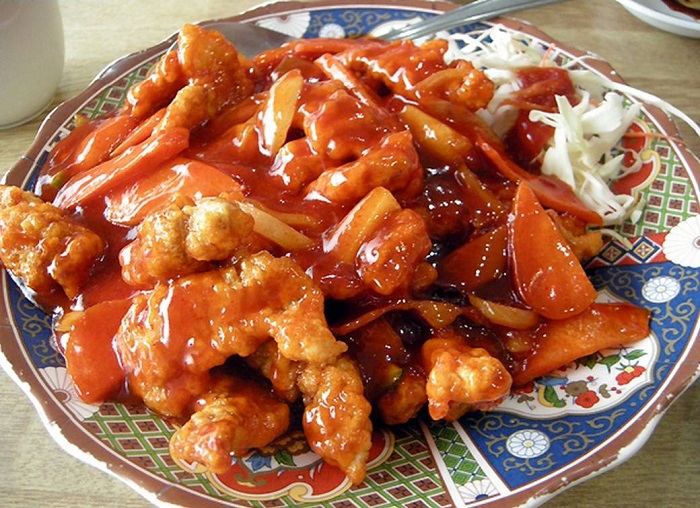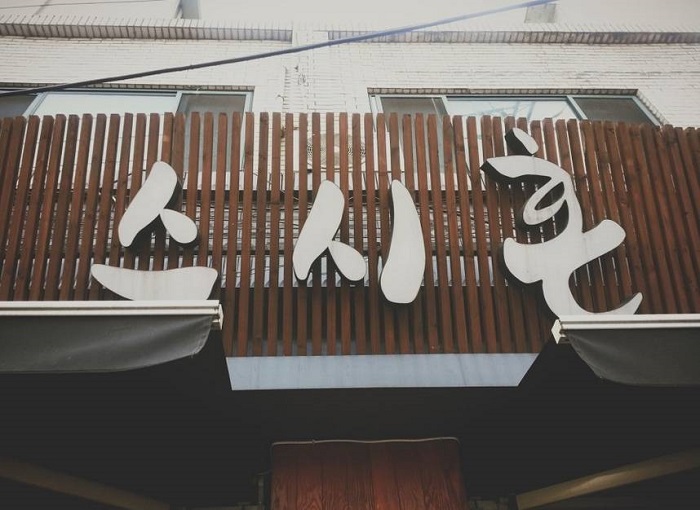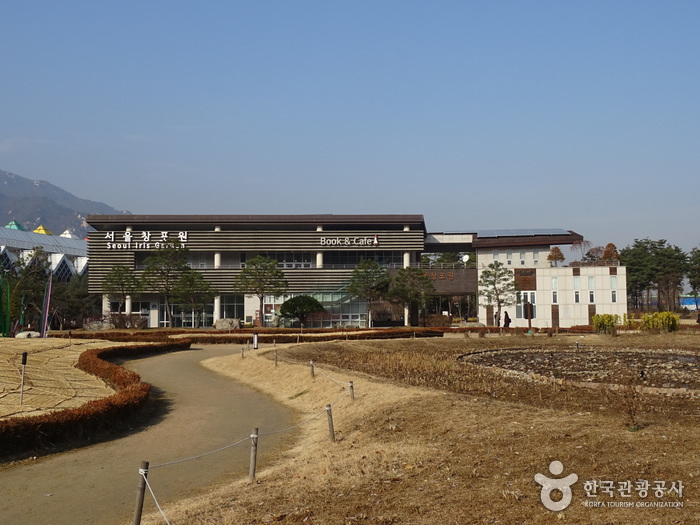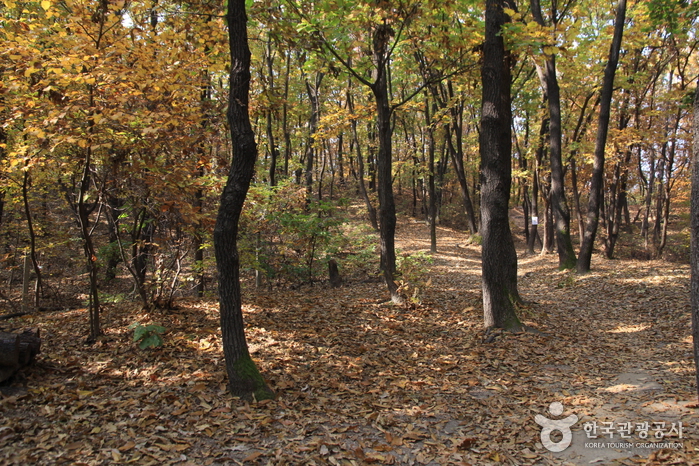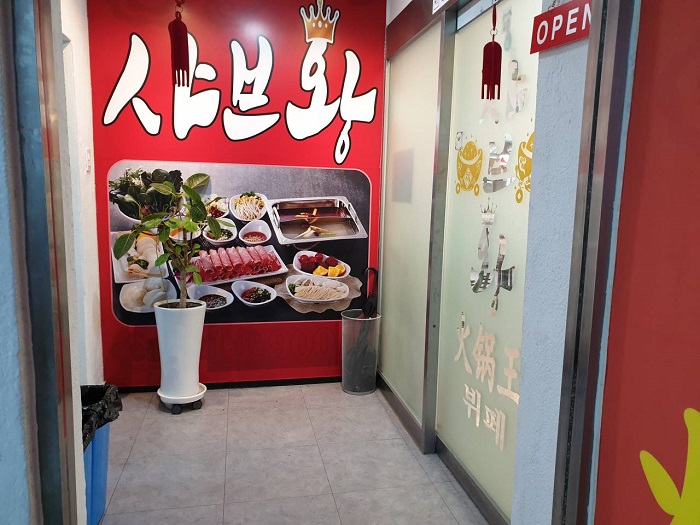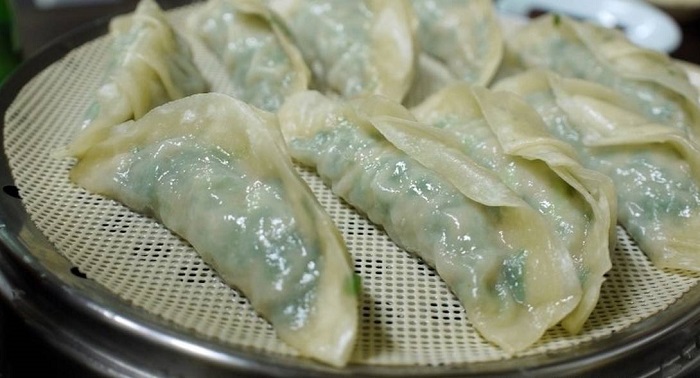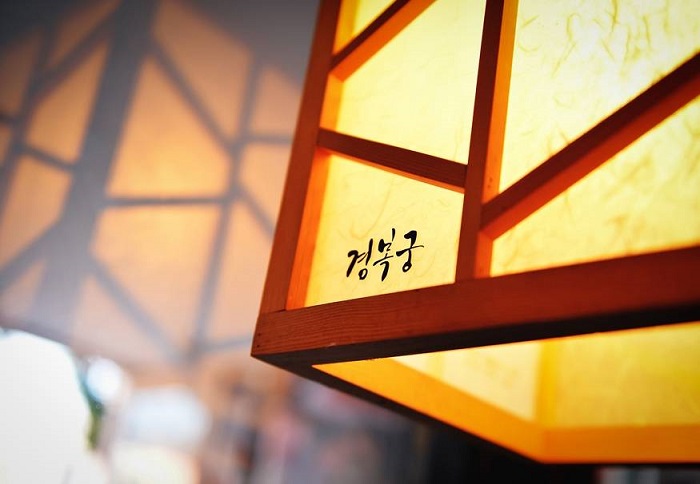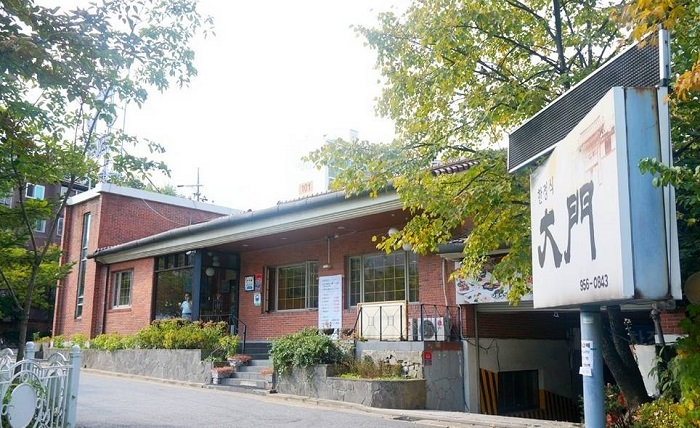Welcome to Dobong-gu!
Dobong-gu is located in the northeastern part of Seoul, South Korea. It borders the cities of Namyangju and Guri to the east, Goyang to the west, and the districts of Seongbuk-gu and Dongdaemun-gu to the south. It also shares its northern border with the towns of Jangheung and Yangju in Gyeonggi Province. The district covers an area of 20.70 square kilometers and has a population of approximately 351,242 people.
Why visit Dobong-gu:
1. Beautiful Mountains: Dobong-gu is home to picturesque mountains such as Bukhansan, Dobongsan, Suraksan, and Bulamsan. These mountains offer stunning hiking trails and breathtaking views.
2. Outdoor Recreational Areas: Explore the lush forests and serene atmosphere of Uidoong Valley, which is a popular summer getaway for Seoul residents. The Academia House, nestled in the dense forest, serves as a venue for conferences, education, research, and discussions.
3. Parks and Nature: Enjoy the tranquility of the Barefoot Park, a green oasis with various plants and animals, including a rich wetland ecosystem and an ecological pond. Take a leisurely stroll along the walking paths and let your children explore the natural learning spaces designed for them. Other parks in the district include the Waterdrop Childrens Park and Ssangmun Neighborhood Park.
4. Traditional Markets: Experience the vibrant atmosphere of local markets, such as the Bangeumdong Goblin Market, where you can find a variety of agricultural and seafood products. Dont miss the daily discounts and exciting events that take place in the market. Other traditional markets in Dobong-gu include Changdong Sinchang Market, Ssangmun Jeil Comprehensive Market, and Dobong Jeil Market.
5. Cultural Festivals: Immerse yourself in the rich cultural heritage of Dobong-gu by participating in events like the Dobongsan Seowon Village Festival and the Dobong Seowon Spring and Autumn Ancestral Rite. These festivals feature traditional performances, rituals, and exhibitions that showcase the history and traditions of the region. Other cultural events include the Dobong Culture and Arts Festival, Dobong Mountain Festival, Dobong Photography Contest, and poetry recitals.
Plan your Visit:
Best Time to Visit: Spring (April to June) and Autumn (September to November) offer pleasant weather and colorful foliage, making it the best time to visit Dobong-gu.
Transportation: Take the Seoul Metro Line 1 or Line 7 to reach Dobong-gu. Buses and taxis are also available for convenient transportation within the district.
Language: Korean is the official language spoken in Dobong-gu. English may not be widely spoken, so its helpful to carry a translation app or basic Korean phrases.
Currency: The currency used in South Korea is the South Korean Won (KRW). Credit cards are widely accepted, but its advisable to carry some cash for smaller establishments.
Safety: Dobong-gu is generally a safe place to visit. However, like any other city, its always recommended to take basic precautions and be aware of your surroundings.
Get ready to explore the natural beauty, cultural heritage, and local markets of Dobong-gu!

